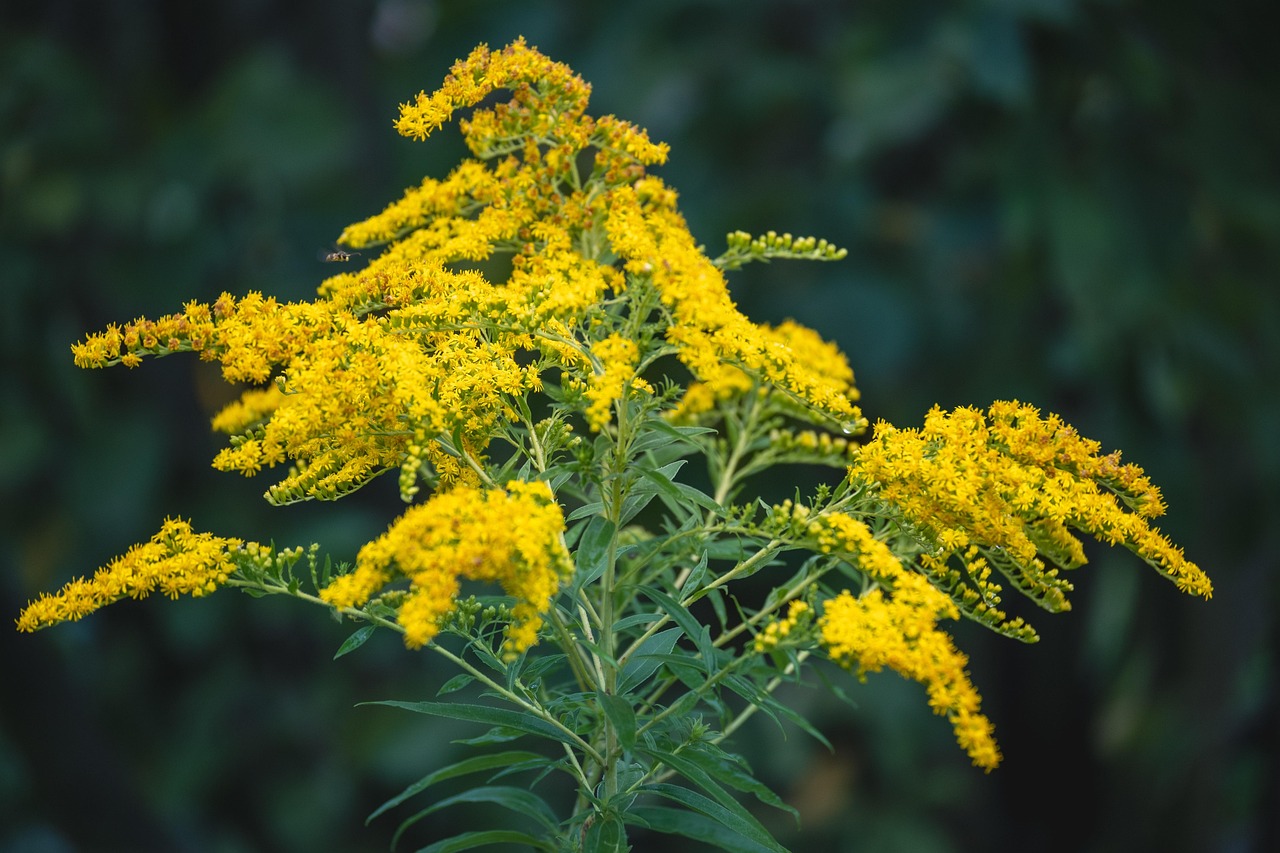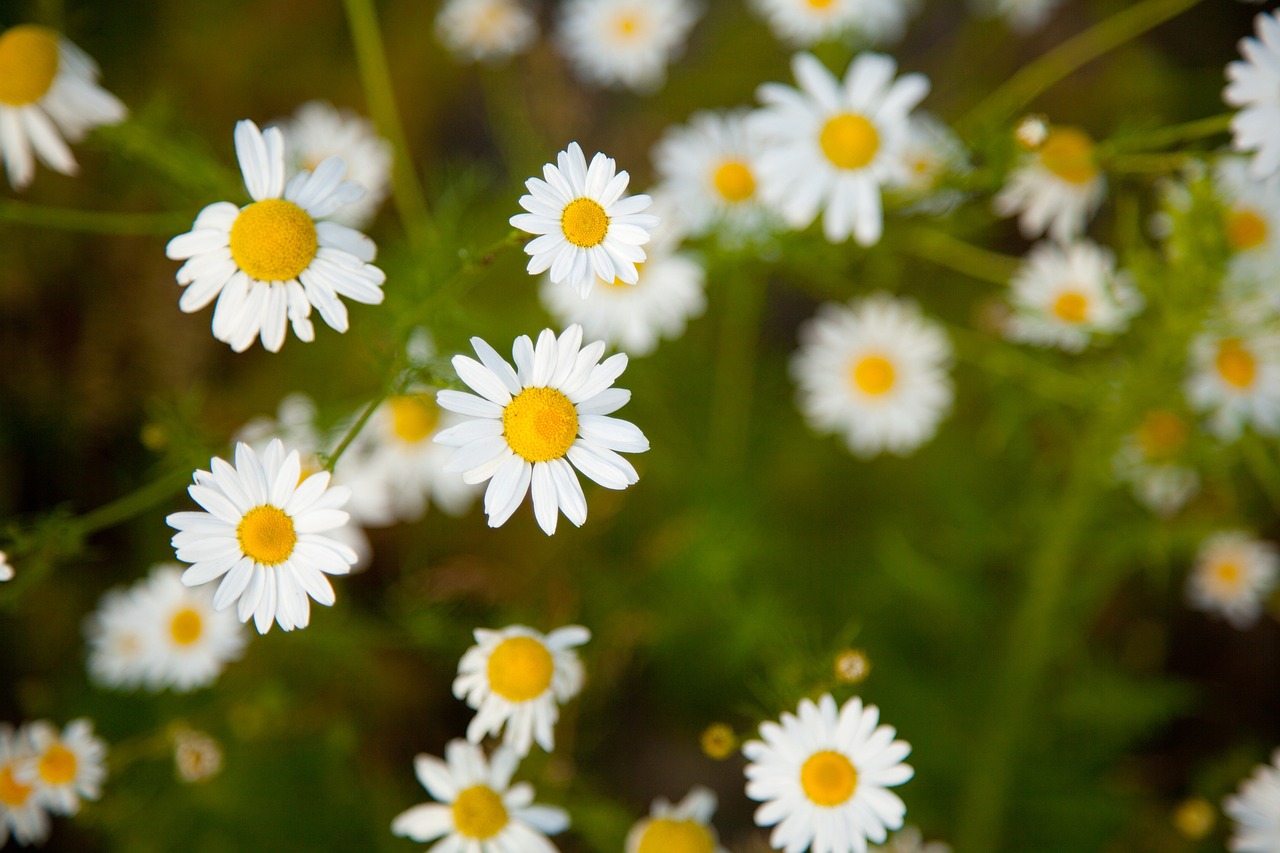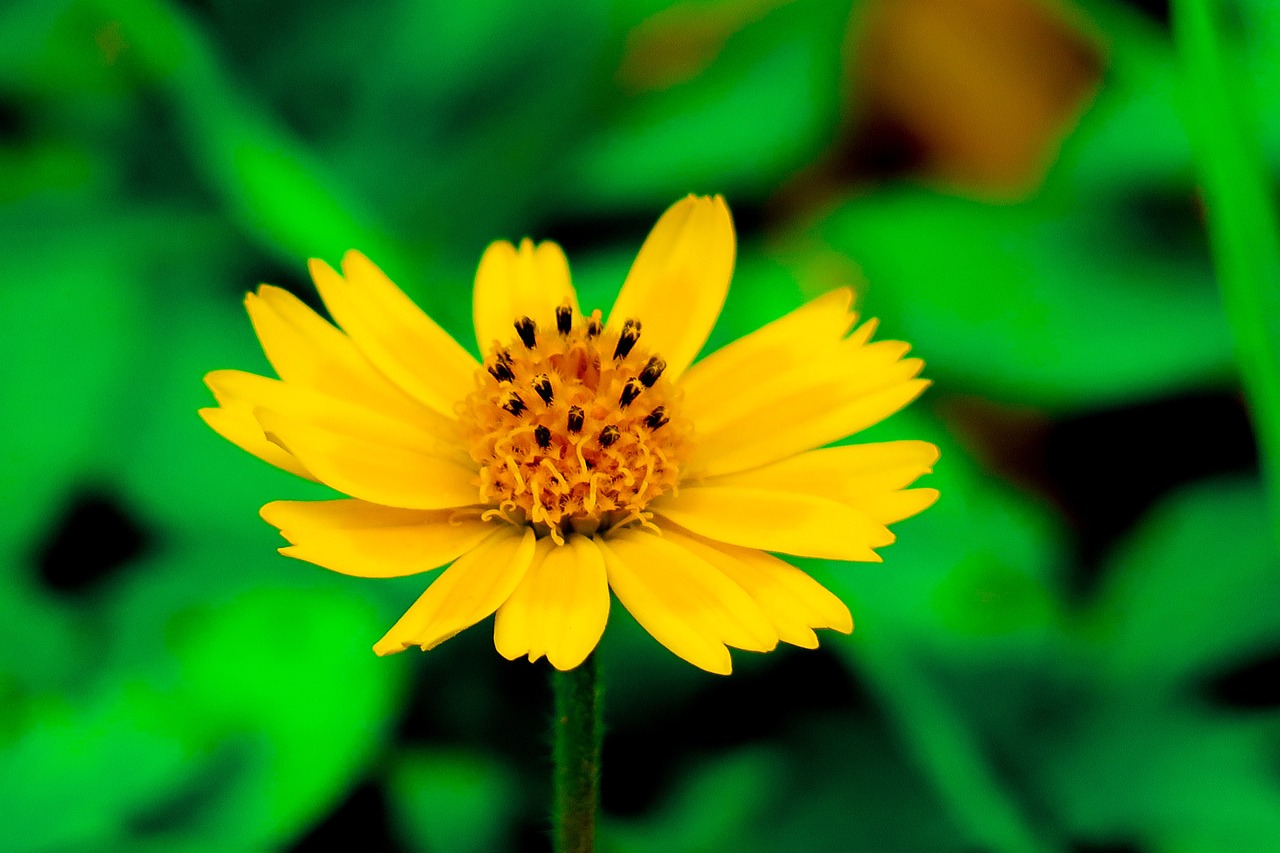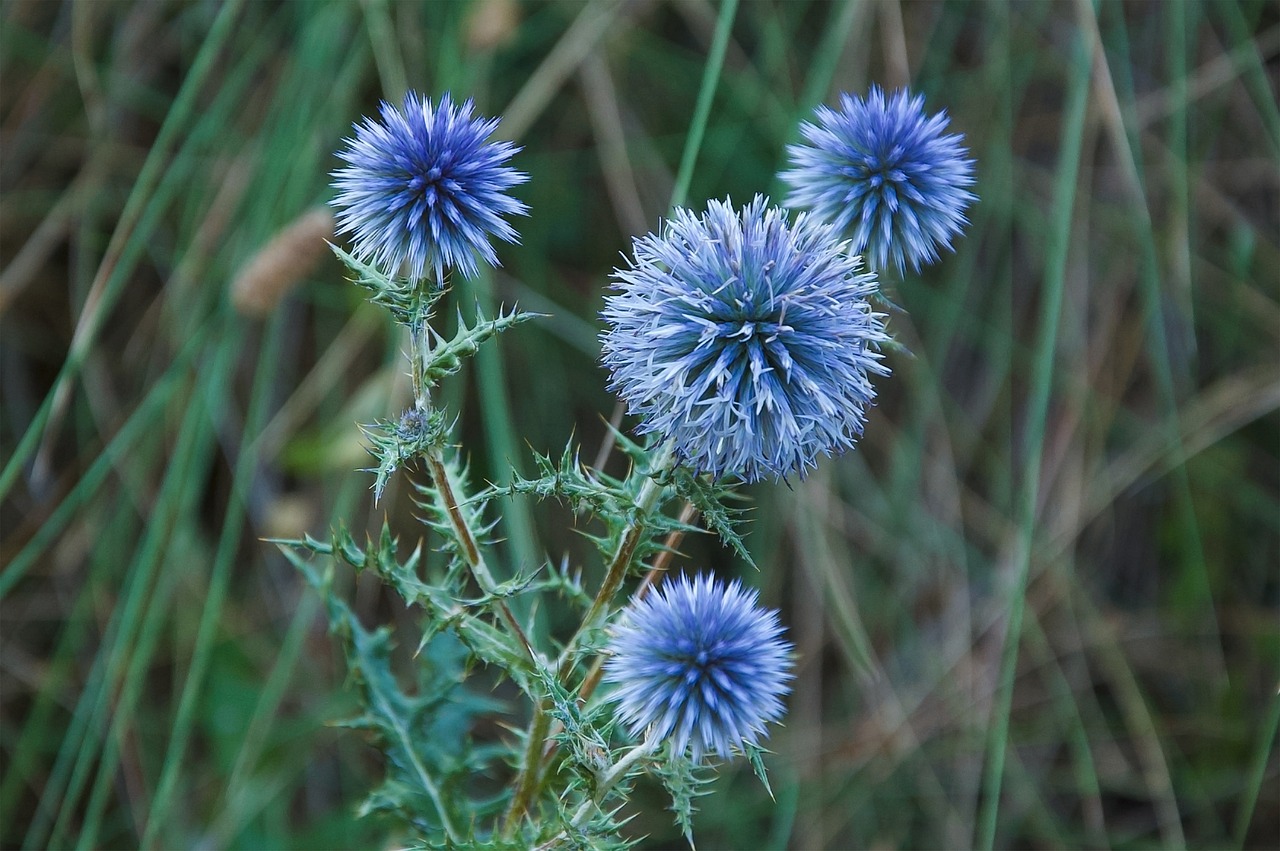Safflower | The Dyeing Flower that Connects Japan and the Silk Road
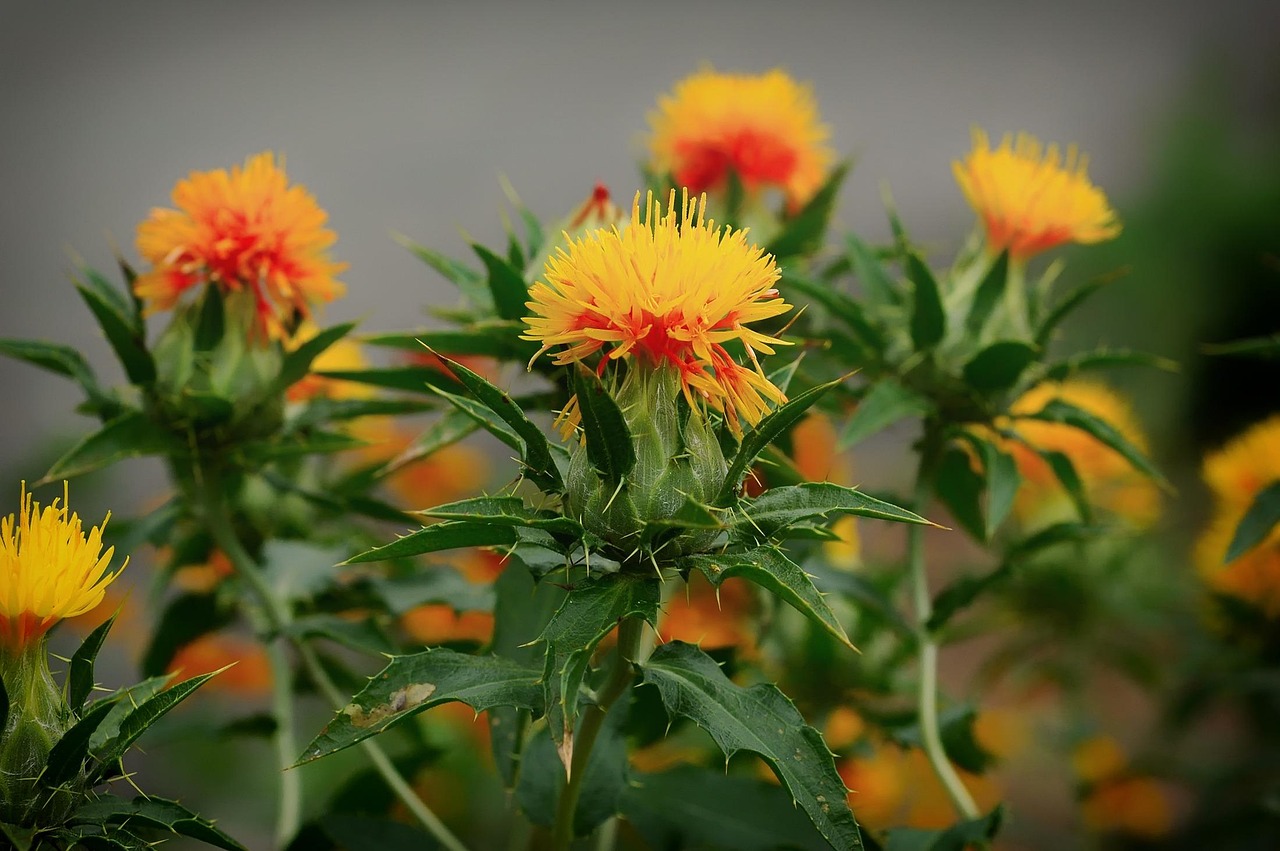
The safflower is an annual plant cherished since ancient times as a dyeing flower. Its blossoms change color dramatically from bright yellow to orange and finally to deep red, and it has long been valued as a dye plant.
In Japan, safflower cultivation is particularly famous in Yamagata Prefecture. Beyond its role as a dye, the flower embodies cultural significance through its appearance and historical background.
In this article, I will explain in detail the basic information, cultural and historical aspects, and cultivation methods of the safflower.
Basic Information
- Scientific name: Carthamus tinctorius
- Family: Asteraceae
- Origin: Central and Western Asia
- Appearance: The stems grow upright, reaching about one meter in height. The leaves bear small spines. The flowers start yellow, gradually shifting to orange and finally to red. After blooming, they can be dried and enjoyed for a long time.
- Blooming season: June–July
Cultural Characteristics Around the World
Safflower has been treasured in many regions for both its striking colors and practical use as a dye.
In Japan, it is known as the “flower of crimson” and has been used since ancient times for women’s cosmetics and textile dyeing. In Yamagata Prefecture, a traditional safflower culture has been passed down, closely tied to rural life, festivals, and folk crafts.
In India, safflower plays an important role in religious rituals and decorations, with its vivid blossoms symbolizing sanctity. In the Middle East, the flower colors are used in festivals and celebrations, representing “blessing” and “happiness.”
In Western countries, safflower is also valued as an ornamental flower and is increasingly used in floral arrangements as dried flowers.
Historical Episodes
The history of safflower is ancient. Records show that it was already used as a dye plant in Egypt and Mesopotamia before the Common Era.
Textiles dyed with safflower were even discovered in the tomb of King Tutankhamun, highlighting its high value.
Through the Silk Road, safflower was introduced to China and Japan. In Japan, large-scale cultivation began in the Nara period. By the Heian period, safflower dye was treasured as a noble color, and in the Edo period, safflower merchants prospered, making Yamagata a major production center.
Until chemical dyes spread in the Meiji period, safflower played a vital role in Japanese culture.
Gardening Advice
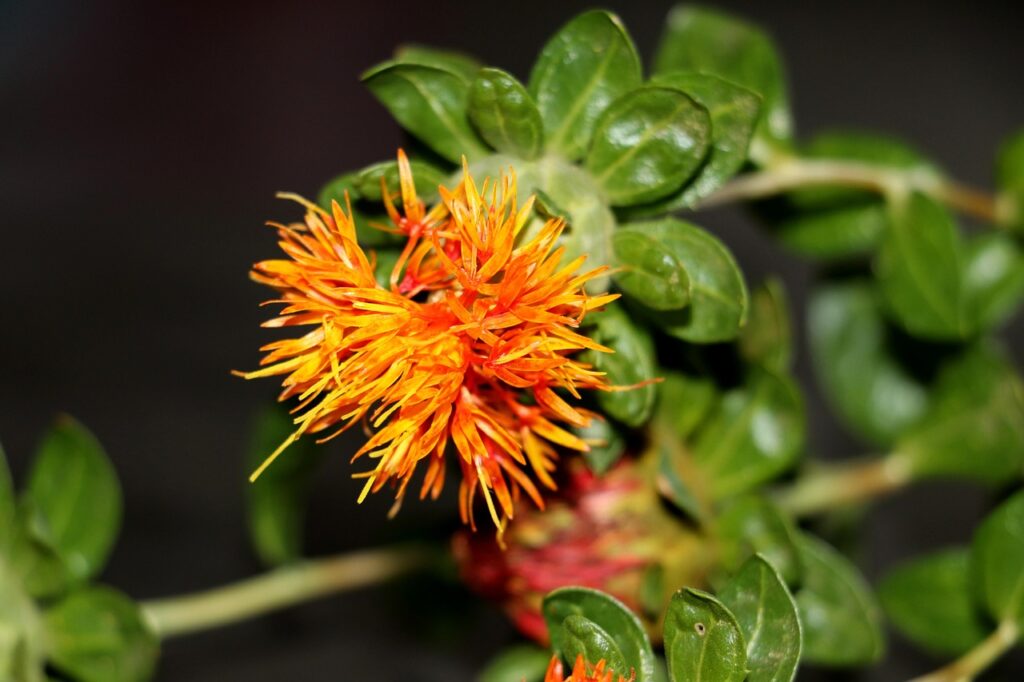
Although safflower is an annual plant, it can be grown relatively easily from seed. For successful cultivation, the following points are important:
Sunlight
Prefers a sunny location. With adequate sunlight, the plant grows strong and healthy.
Watering
Resistant to dryness and dislikes overwatering. In the ground, it can often grow with rainfall alone, but during long dry periods, watering is necessary. For potted plants, water when the soil surface has dried.
Soil
Well-drained soil is ideal. For clay soils, mix river sand or compost to improve aeration and drainage.
Fertilizer
A small amount of base fertilizer at planting is sufficient. Additional fertilizer can be applied sparingly as needed. Excess fertilizer may cause leggy growth.
Support
Since the plant grows tall, it is advisable to set up stakes to prevent it from falling over in strong winds.
Conclusion
The safflower is an annual plant with vibrant blossoms, deeply rooted in human life and culture since ancient times.
In the Middle East and India, it has been used in religion and festivals, while in Japan it was highly valued as a dye. From the Nara period onward, it became indispensable for cosmetics and textiles, and by the Edo period, Yamagata had developed into a thriving safflower industry.
Today, safflower continues to be appreciated not only as a dyeing flower but also as an ornamental plant and as a beautiful dried flower.

